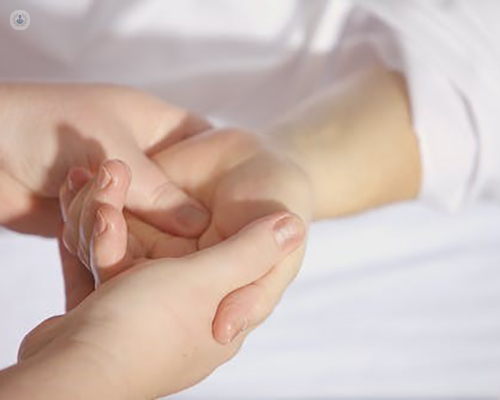Shining a light on osteoporosis
Written by:In his latest online article, Dr Taher Mahmud gives us his insights into osteoporosis and how Gwyneth Paltrow was able to raise awareness following her diagnosis with osteopenia.

Osteoporosis, a condition with the potential to strike at any stage of life, it often remains undetected due to its symptomless nature. Shockingly, less than 2 out of every 10 individuals receive appropriate assessment after experiencing a fracture. One avenue to enhance public awareness about this disease is through the involvement of prominent figures who grapple with the condition themselves.
A notable example is Gwyneth Paltrow, who thrust osteopenia, the preliminary phase of osteoporosis, into the limelight. In a revelatory announcement on her website, Paltrow disclosed her personal encounter with osteopenia following a bone fracture that prompted her to undergo a DXA scan, a diagnostic tool that measures bone density. The scan unveiled not only the presence of osteopenia but also alarmingly low levels of Vitamin D in her system.
Osteopenia signifies the initial indications of bone density reduction, a precursor to the more advanced stage of osteoporosis. This condition implies a lower-than-normal mineral density in the bones but hasn't yet reached the threshold for classification as fully-fledged osteoporosis. However, it's vital to recognise that not everyone afflicted with osteopenia will progress to osteoporosis. Yet, if left undiagnosed and untreated, osteopenia has the potential to escalate into osteoporosis, a development that brings with it the spectre of easily fractured bones and severe skeletal complications.
Osteoporosis's far-reaching ramifications extend beyond physical discomfort. Its effects can include a propensity for bone fractures and even deformities, compromising an individual's mobility and autonomy. Paltrow, who shared her journey of discovery, recounted a significant tibial plateau fracture that required surgical intervention. This incident led to her bone scan and subsequent diagnosis of osteopenia. Notably, the medical investigation also uncovered the lowest Vitamin D levels her doctors had ever encountered, a worrisome revelation that prompted a prescription of high-strength Vitamin D supplements and a suggestion to increase sun exposure.
The revelation made by Paltrow serves as a poignant reminder of the importance of proactive health assessment, especially following a fracture. Her celebrity status brings attention to a condition that thrives in obscurity due to its symptomless nature. By shedding light on her experience and the steps taken to mitigate the impact of osteopenia, Paltrow has contributed to broader awareness about the significance of bone health and the need for early intervention. As awareness spreads, the hope is that more individuals will seek medical evaluation after fractures, potentially preventing the progression of osteopenia to the more severe osteoporosis and the associated complications.
Dr Taher Mahmud is a distinguished consultant rheumatologist with over 30 years of experience. You can schedule an appointment with Dr Mahmud on his Top Doctors profile.


